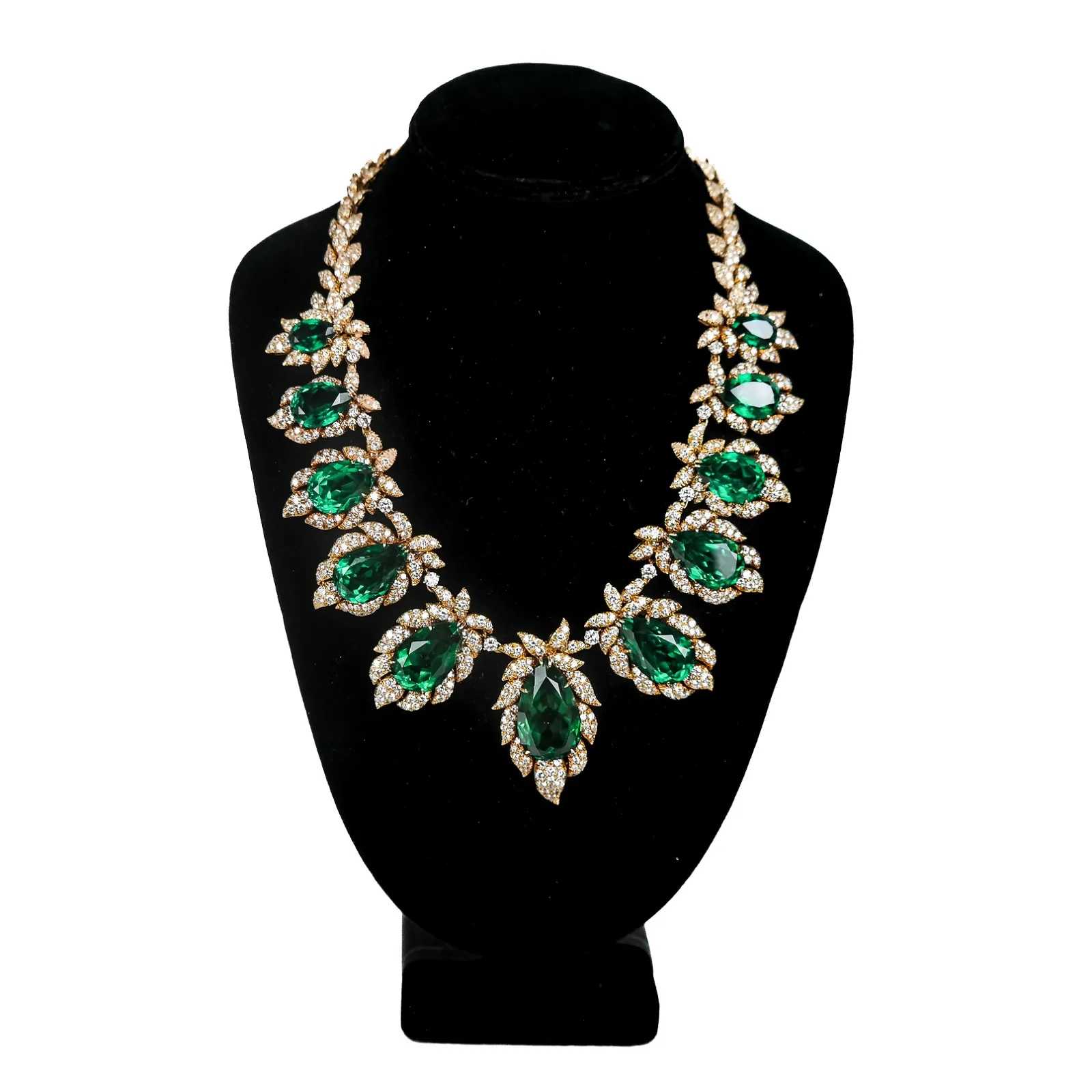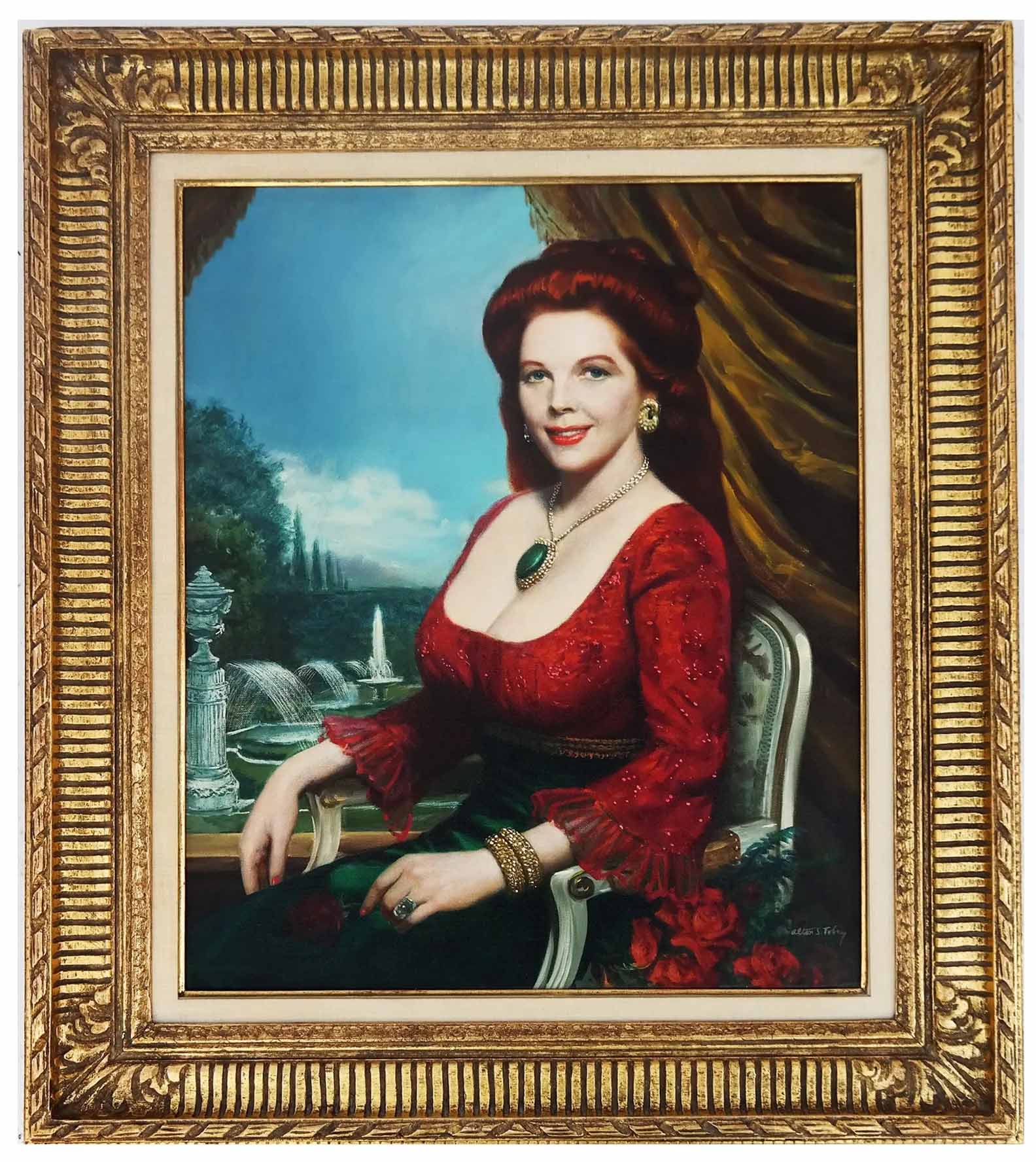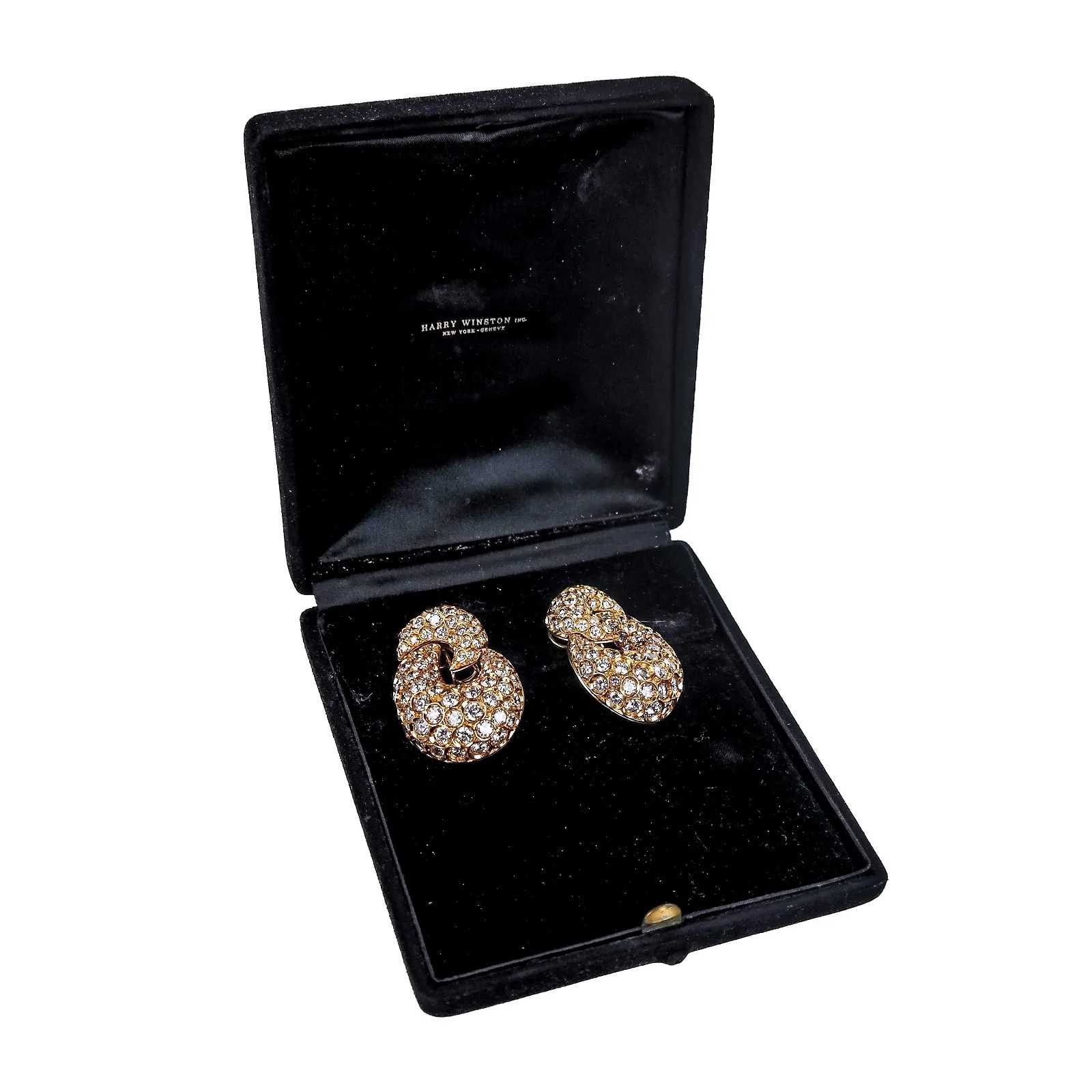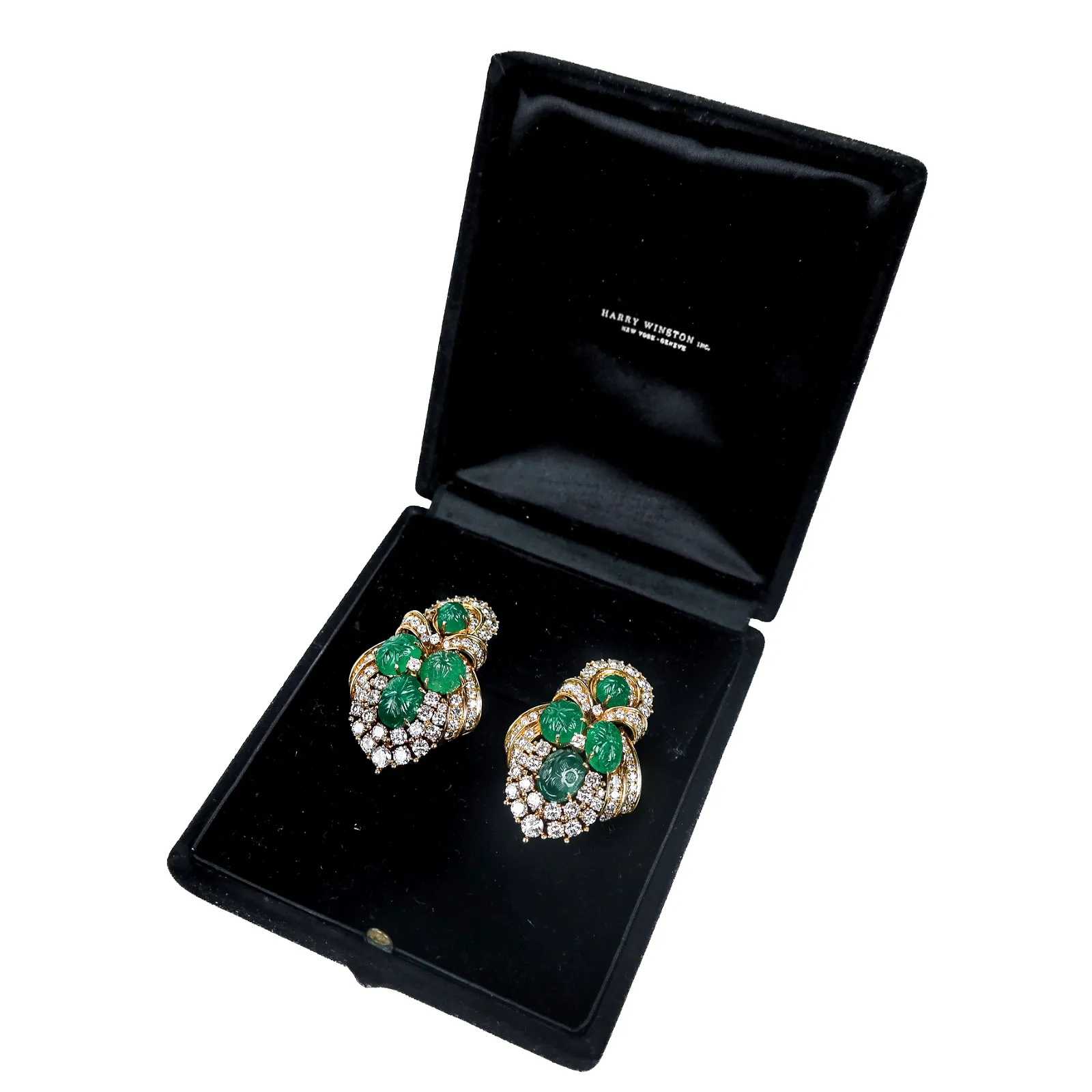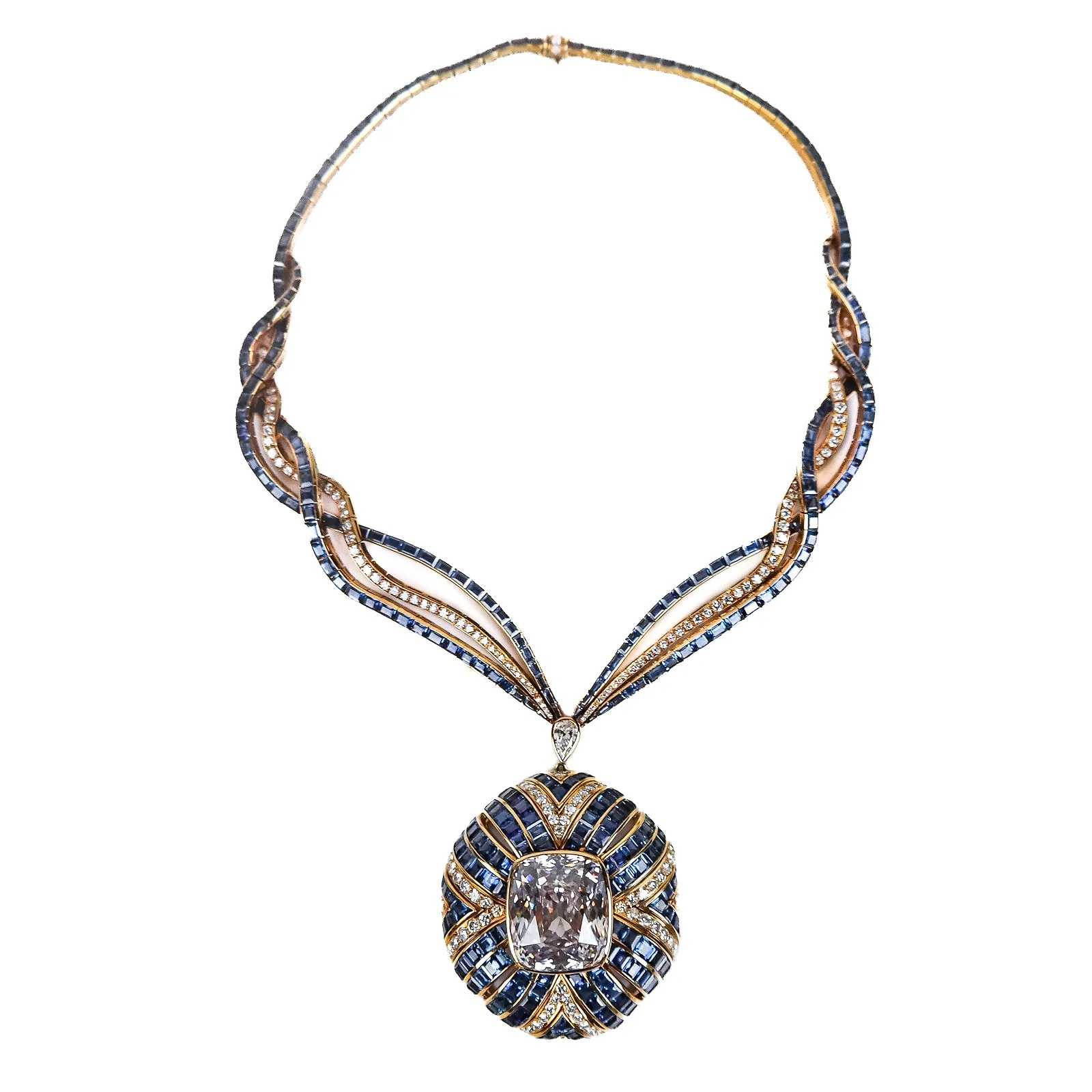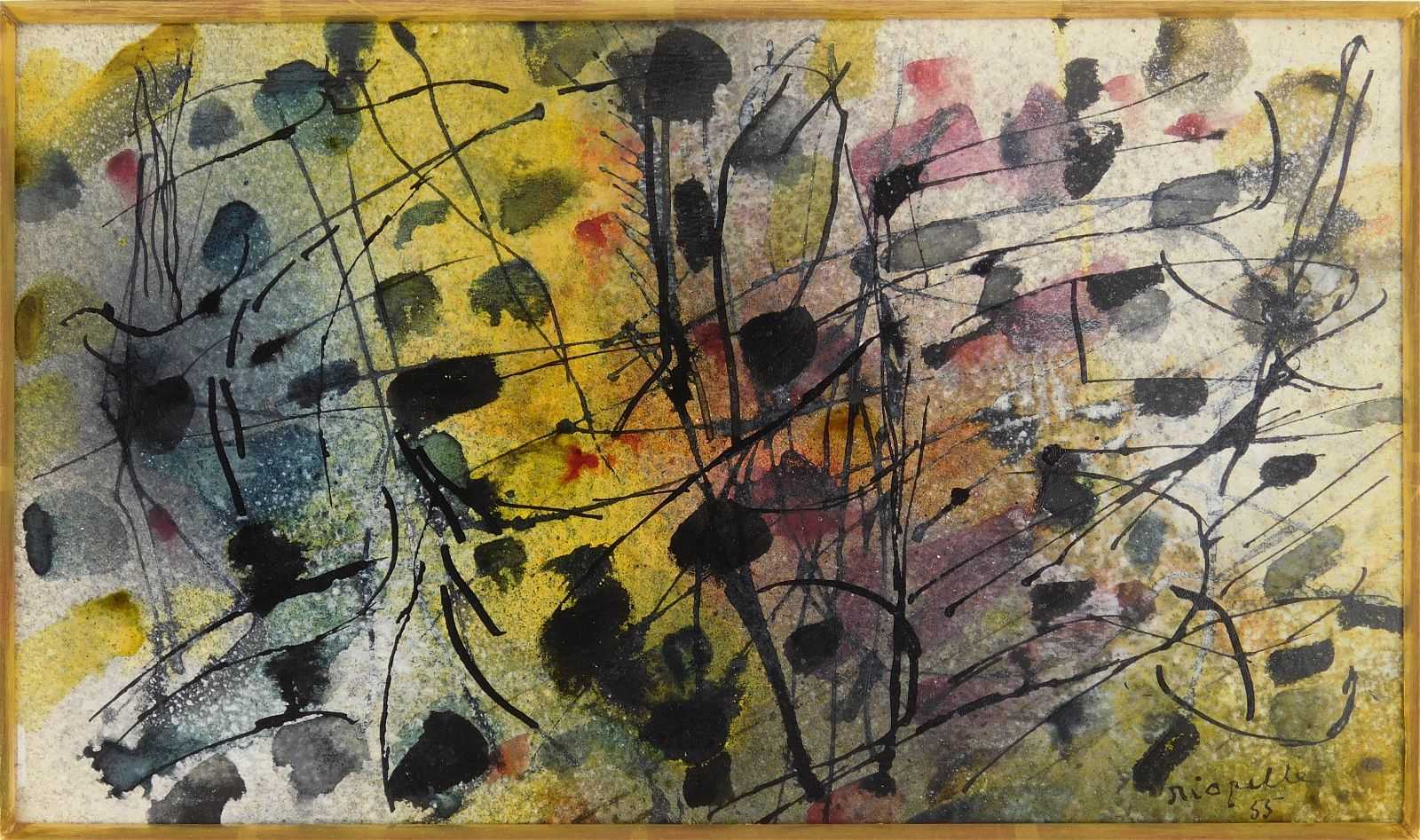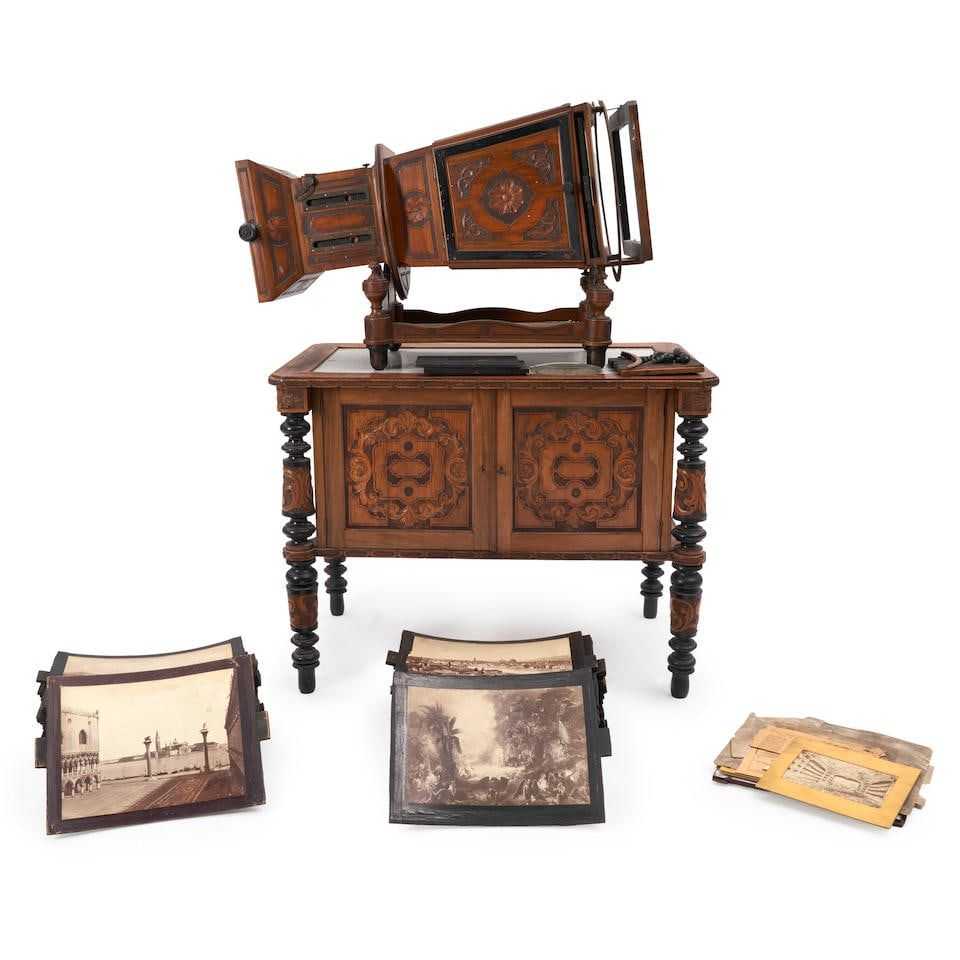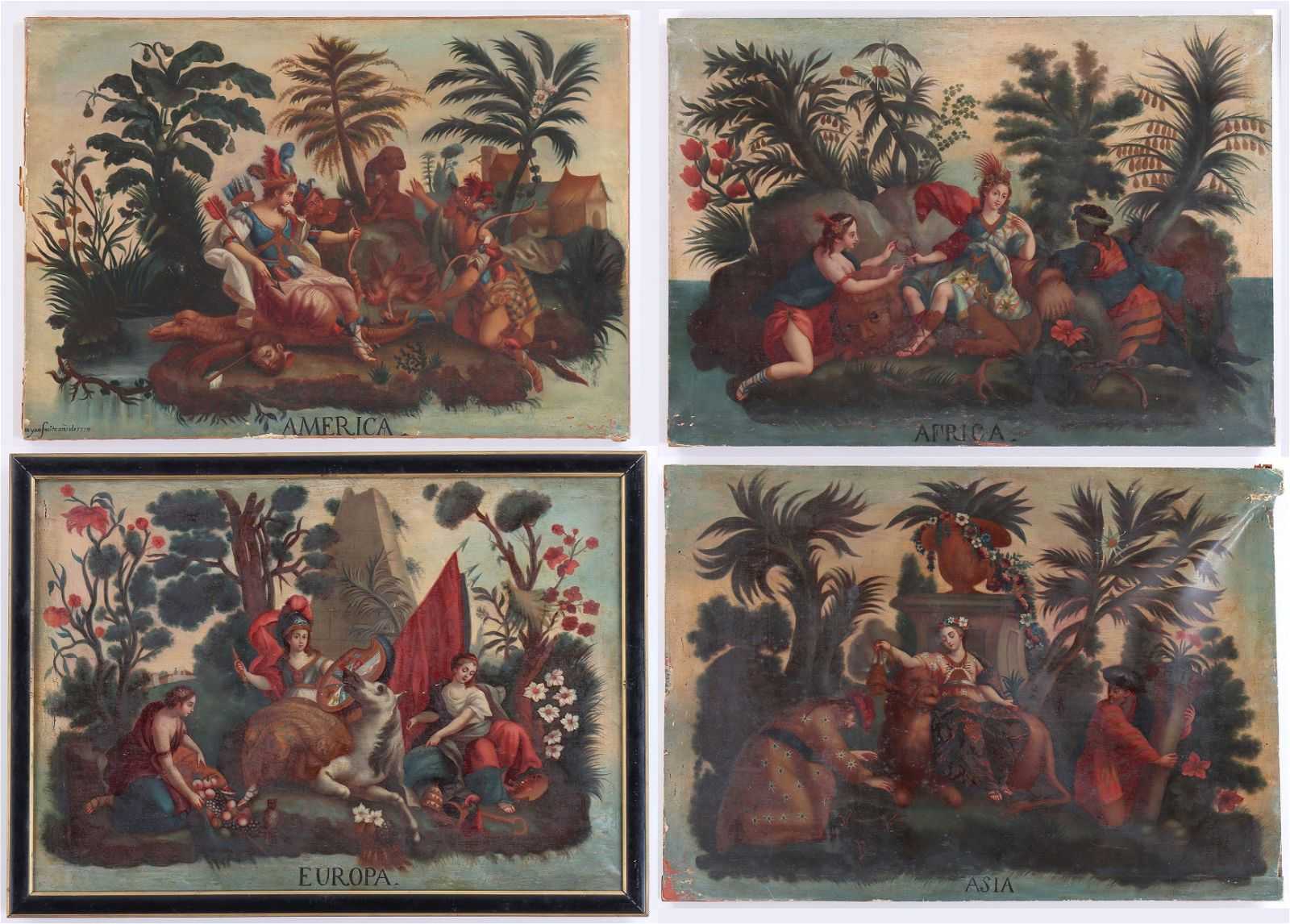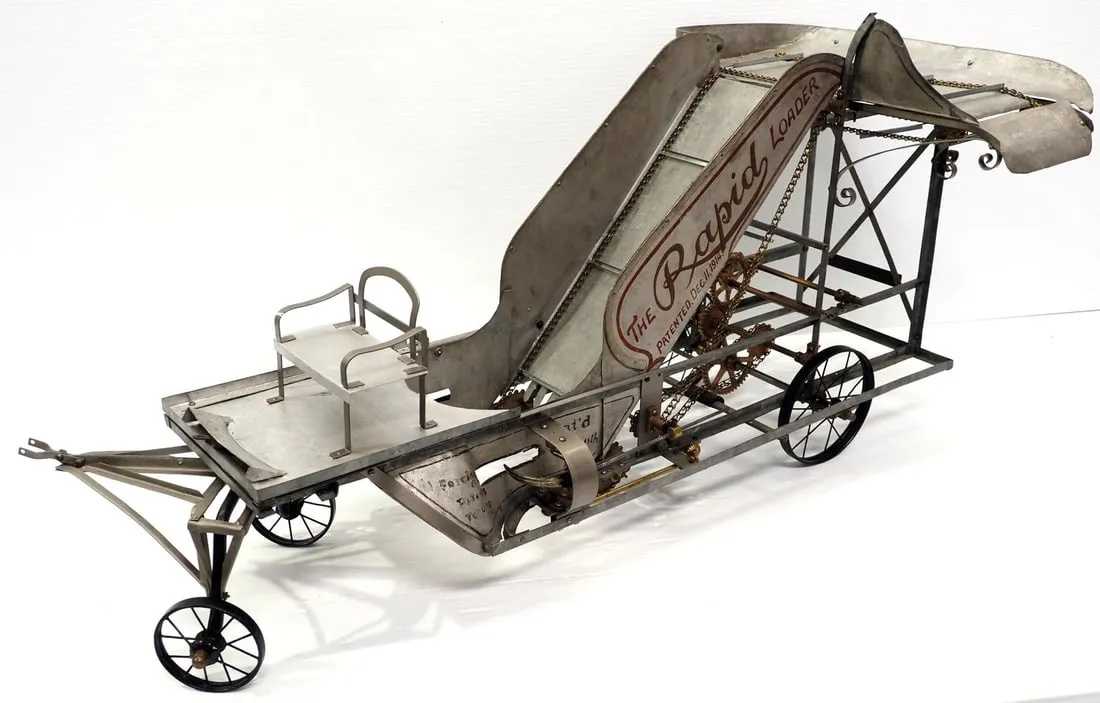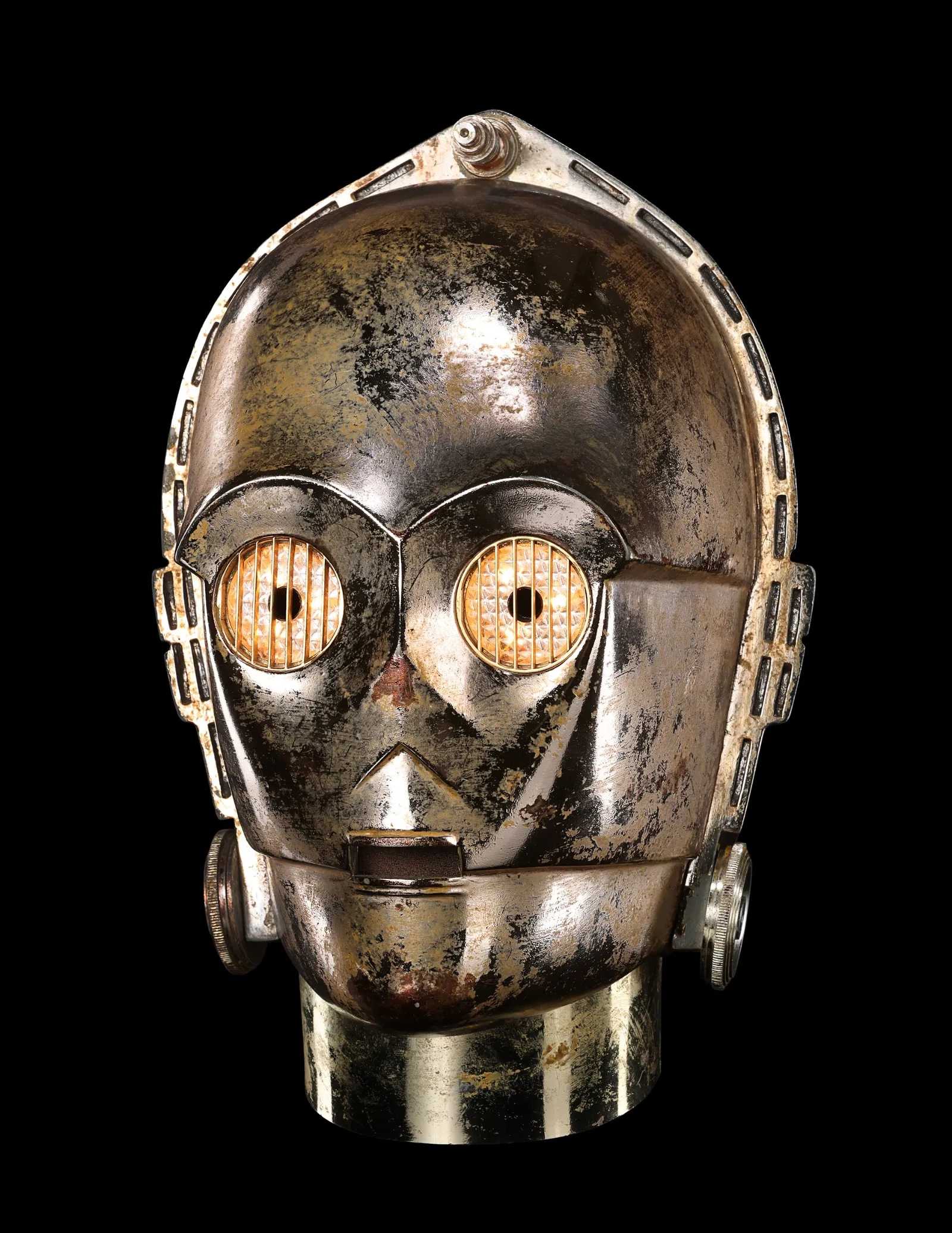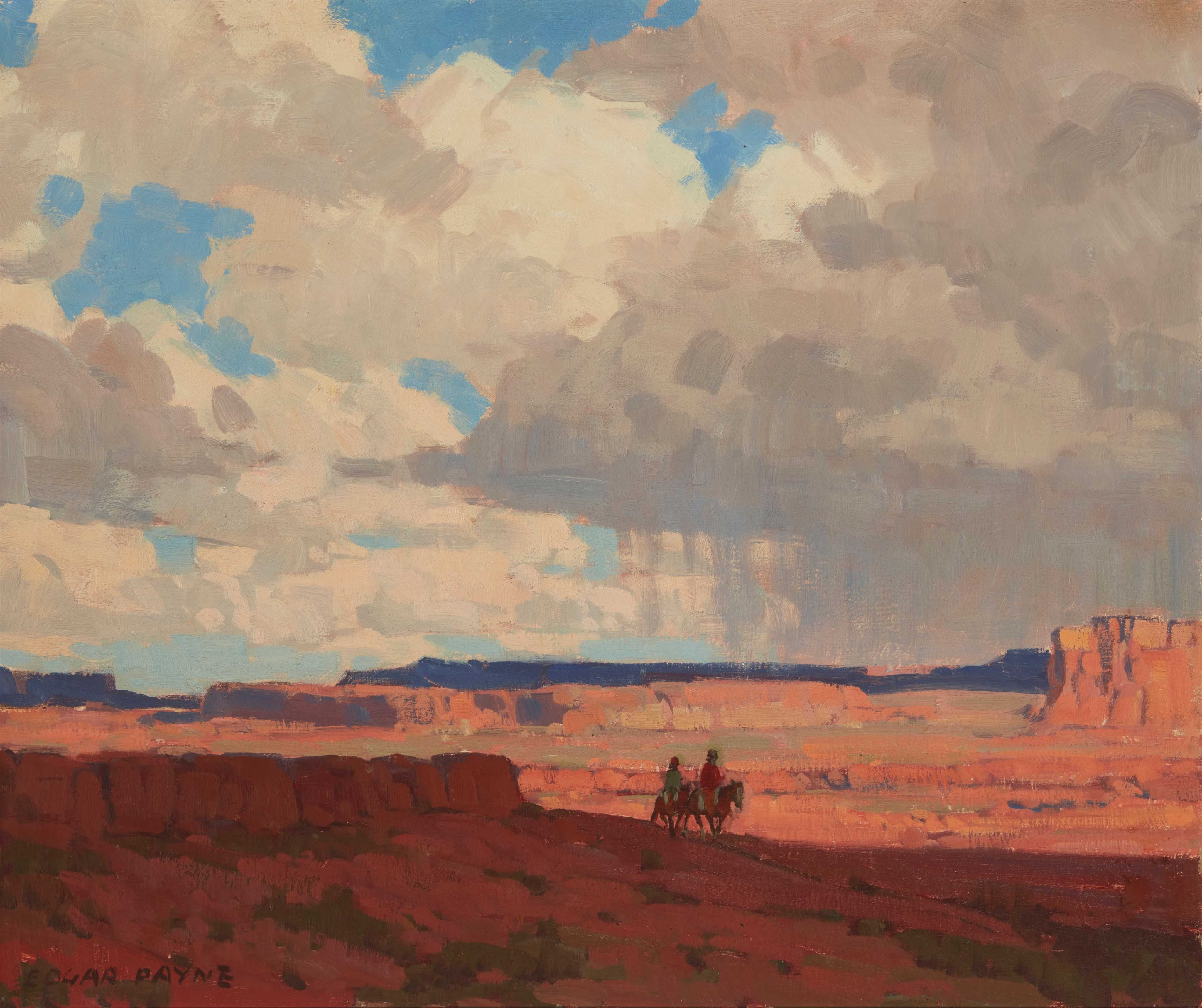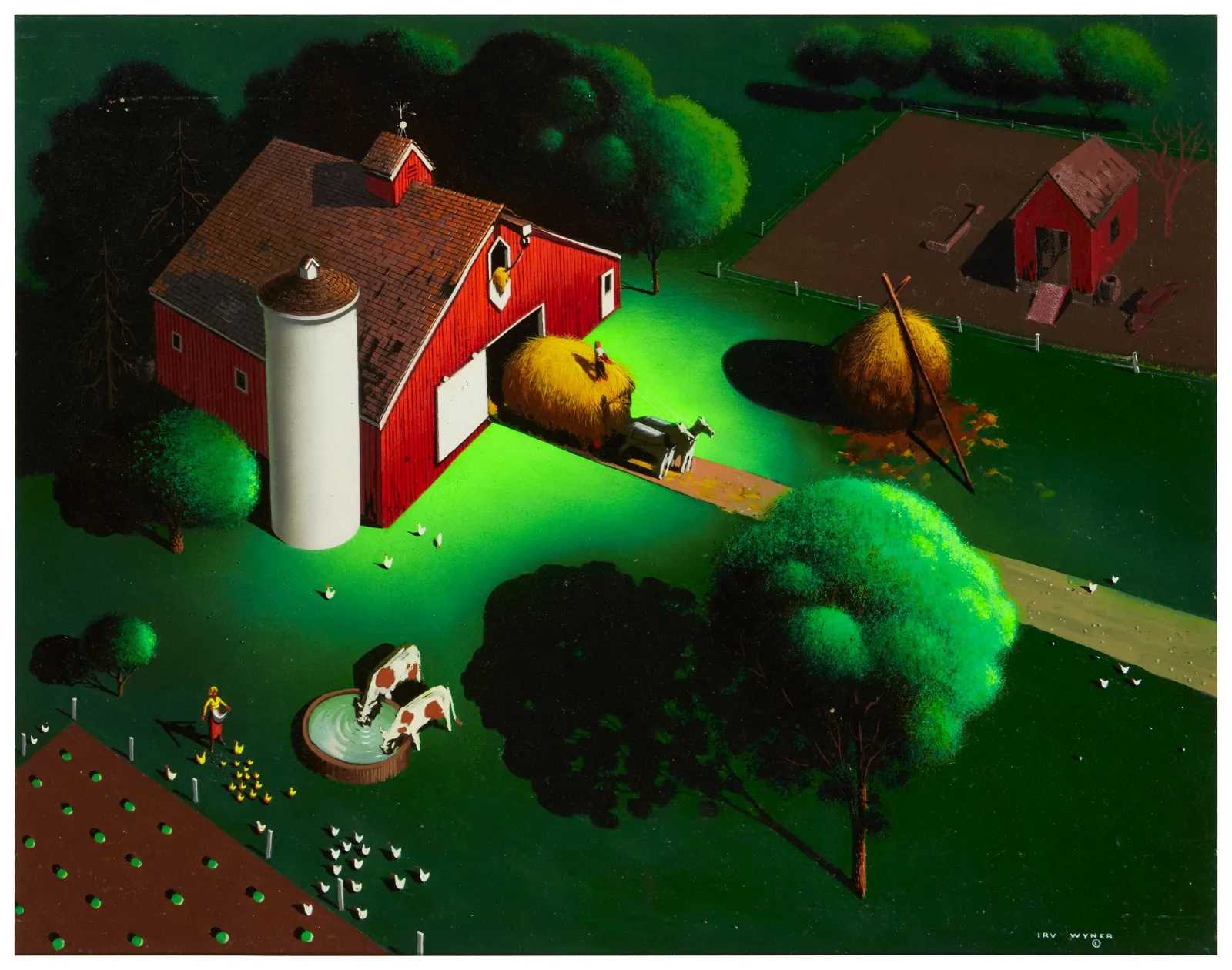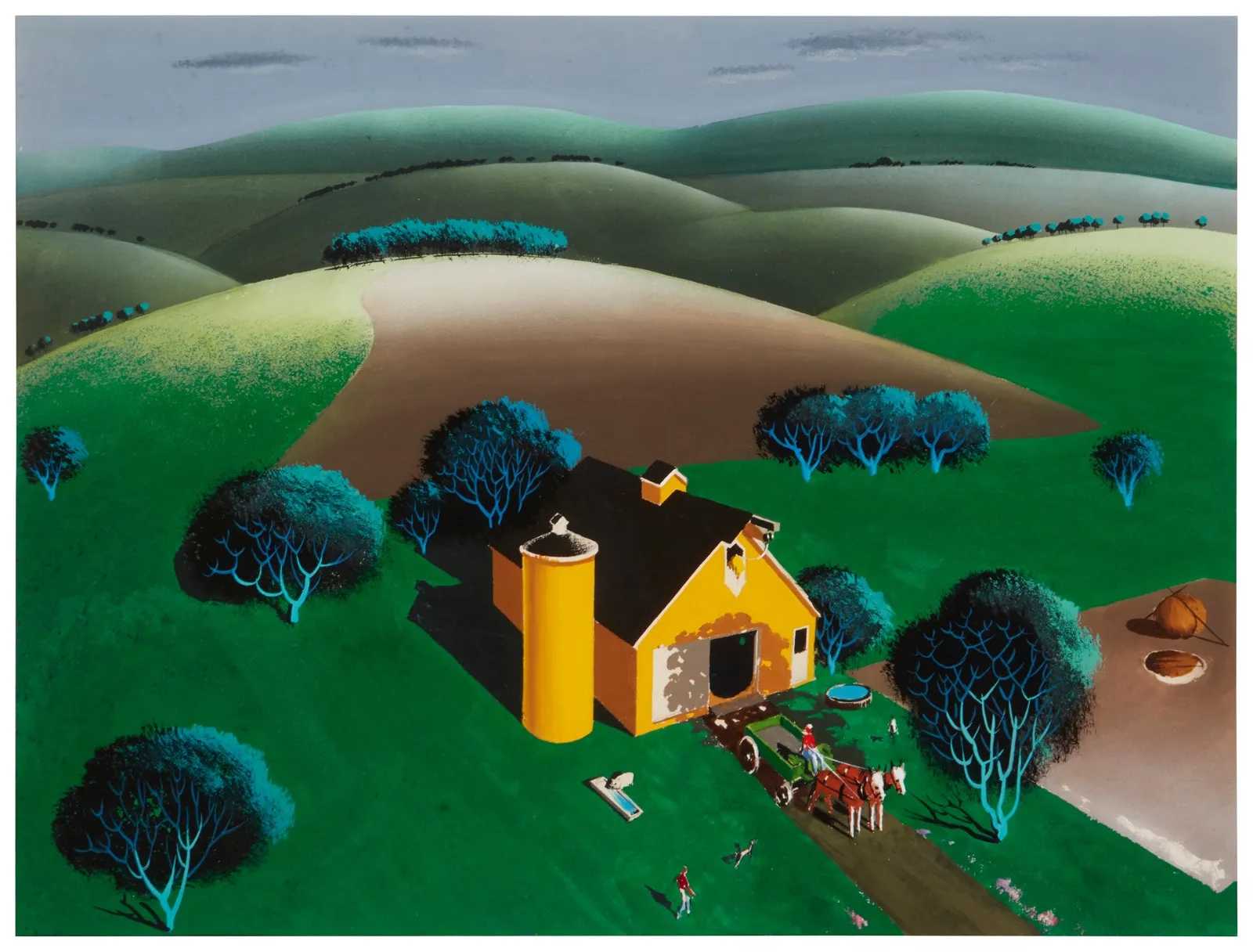MUNICH, Germany – Hermann Historica greets spring with a slate of May sales spanning Tuesday, May 7 to Thursday, May 16 that cover a wide range of categories, from antiquities to military medals to collectible firearms to antique suits of armor. The catalogs are now open for review and bidding at LiveAuctioneers.
Prominent among the lots in the house’s Orders and Military Collectibles Until 1918 auction on Tuesday, May 7 is a large circa-1850 amphora-form vase by the Royal Porcelain Factory in Berlin, the initials of which translate to KPM. Centered on one side is a half-length portrait of King Wilhelm I of Württemberg, a then-independent region in what is now southern Germany. The coat of arms of the royal house of Württemberg appears on the other side of the splendid vase, which is estimated at €8,000-€16,000 ($8,560-$17,115).
An unmistakable prize in the Friday, May 10 Orders and Military Collectibles from 1919 sale, and the Hermann Historica May 2024 auction series overall, is an Enigma G cipher machine from the German Intelligence Service, known as Abwehr. Enigma machines have been auction darlings for years now, and many command sums in the high five-figure and the six-figure range. This one, number G 193, which the house describes as ‘The rarest Enigma model in good, untouched condition’, should generate serious interest. Of the 350 machines produced, 20 survive. The Hermann Historica Enigma G carries an estimate of €90,000-€180,000 ($96,285-$192,575).
Charging to the front of the lineup of the Tuesday, May 14 Works of Art, Antiquities & Ancient Art sale is a 4th century BC bronze helmet decorated with an image of ram’s horns and having U-shaped cheek pieces. It was made in the northern Black Sea area and sports a gorgeous dark green patina. Its estimate is €12,000-€24,000 ($12,840-$25,685).
The Fine Antique and Modern Firearms, Part I sale set for Wednesday, May 15 features a model 1891 Laumann system repeating pistol estimated at €15,000-€30,000 ($16,050-$32,105). The Laumann 1891 is considered by some historians as the first semi-automatic pistol, and the one to be presented at Hermann Historica comes with a copy of the gun’s construction drawings. The lot notes, which describe it as an ‘ultra-rare collector’s item’, also state: ‘There is no doubt that this gun was designed by Josef Laumann. The level of involvement of his financiers, the Schönberger brothers, is unknown.’
Thursday, May 16 concludes the May 2024 Hermann Historica series with two auctions on that date. Commencing at 1 pm Eastern time is Fine Antique and Modern Firearms, Part II, which is distinguished by a circa-1650 deluxe wheellock rifle with silver and mother-of-pearl inlays. Made in Vienna for Ferdinand III of Austria, the extremely elaborate embellishments reflect the work of the artisan known as the Master of the Animal-Head Scroll. An example of the unnamed 17th-century gunsmith’s oeuvre is in the collection of the Metropolitan Museum of Art in New York. This firearm has an estimate of €35,000-€70,000 ($37,430-$74,860).
Completing the parade of delights is Hermann Historica’s Antique Arms and Armour auction, which begins at 4 pm Eastern time. It is highlighted by a circa-1560-1600 Nuremberg suit of black and white cavalry armor, assembled from old components and estimated at €11,000-€22,000 ($11,760-$23,525).
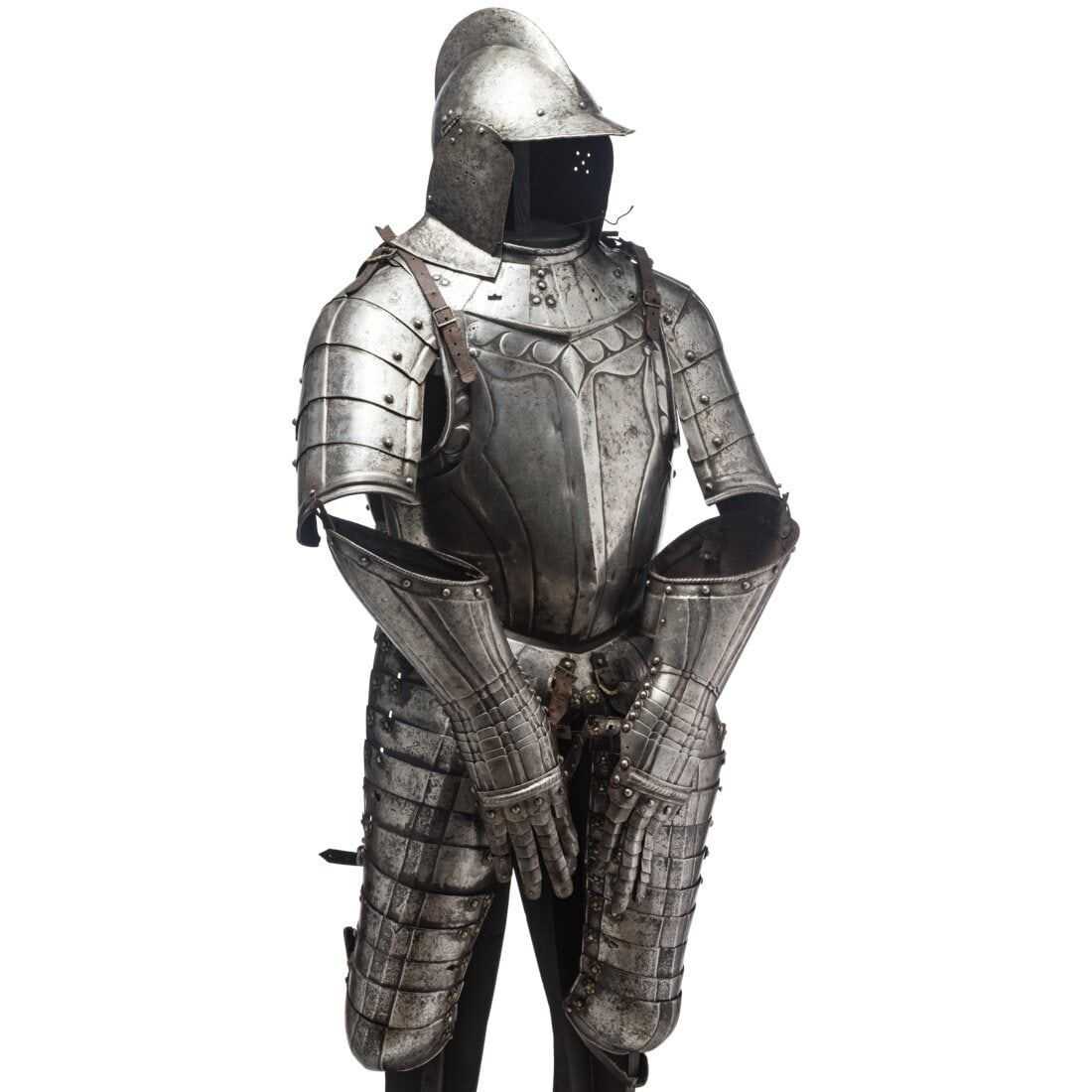
Circa-1560-1600 Nuremberg, Germany suit of black and white cavalry armor, assembled from old components, estimated at €11,000-€22,000 ($11,760-$23,525) at Hermann Historica on May 16.
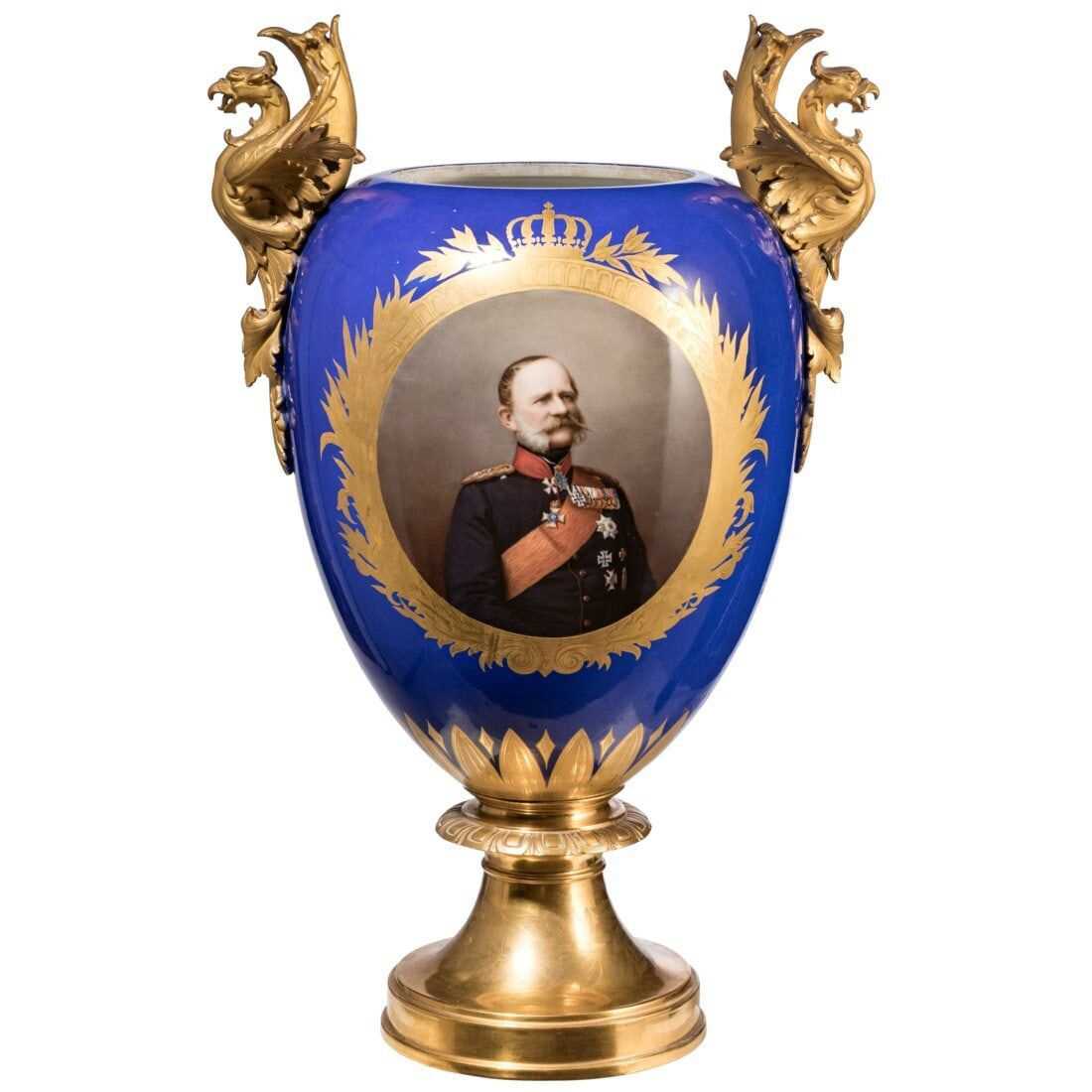
Circa-1850 large KPM porcelain vase with a portrait of King Wilhelm I of Württemberg, estimated at €8,000-€16,000 ($8,560-$17,115) at Hermann Historica on May 7.
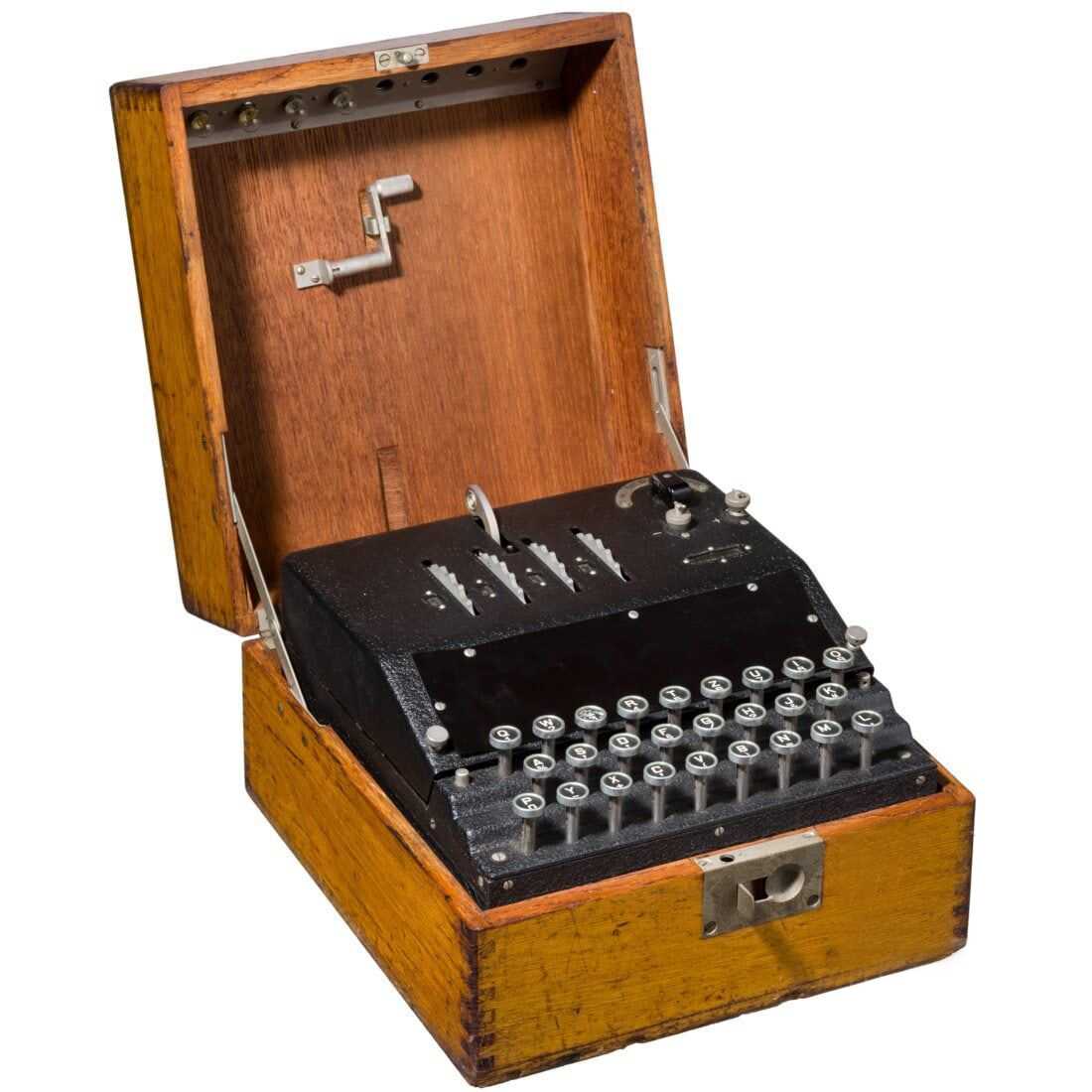
Enigma G cipher machine from the German Intelligence Service (Abwehr), one of just 20 known surviving examples, estimated at €90,000-€180,000 ($96,285-$192,575) at Hermann Historica on May 10.
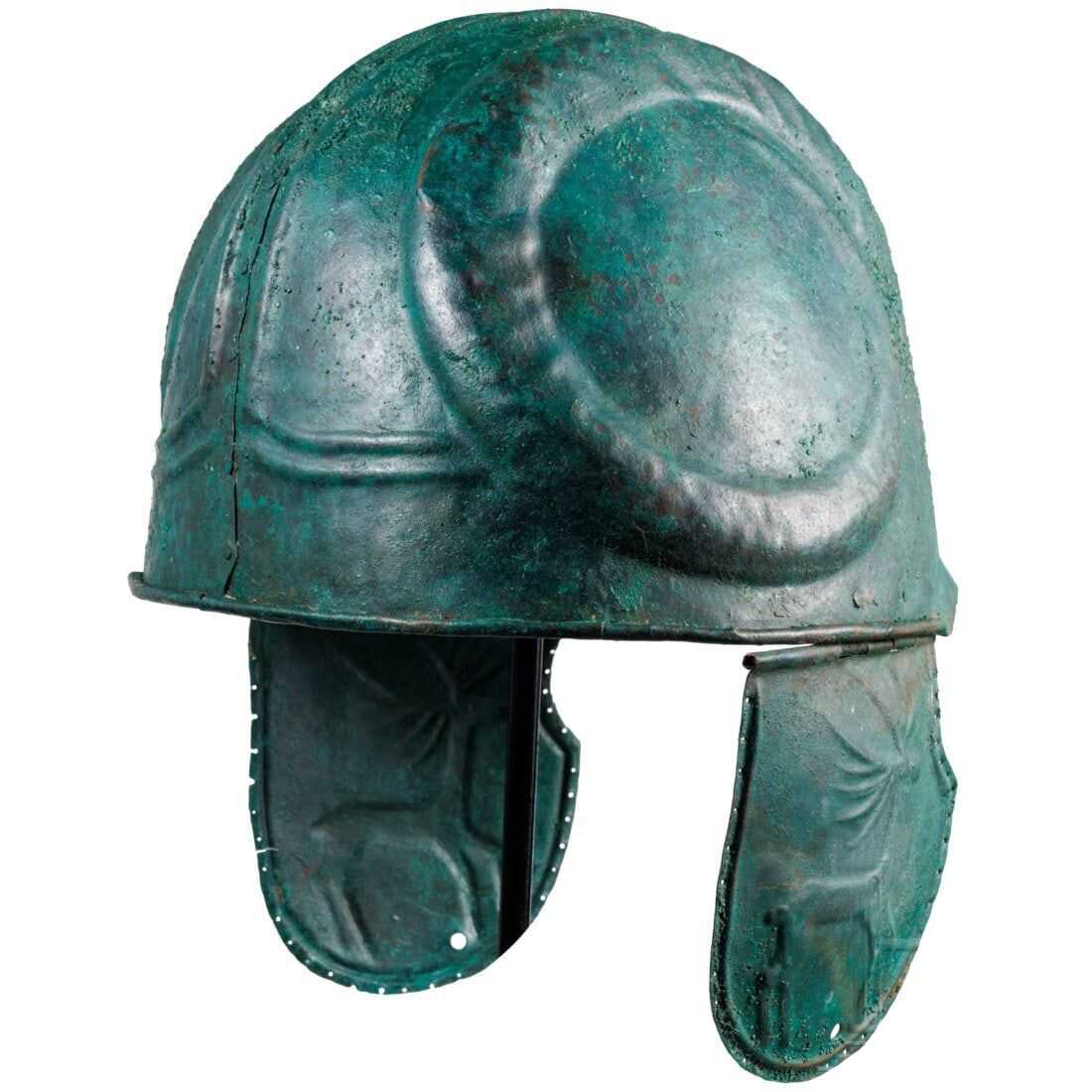
Bronze helmet decorated with an image of ram’s horns, made in the 4th century BC in the northern Black Sea area, estimated at €12,000-€24,000 ($12,840-$25,685) at Hermann Historica on May 14.
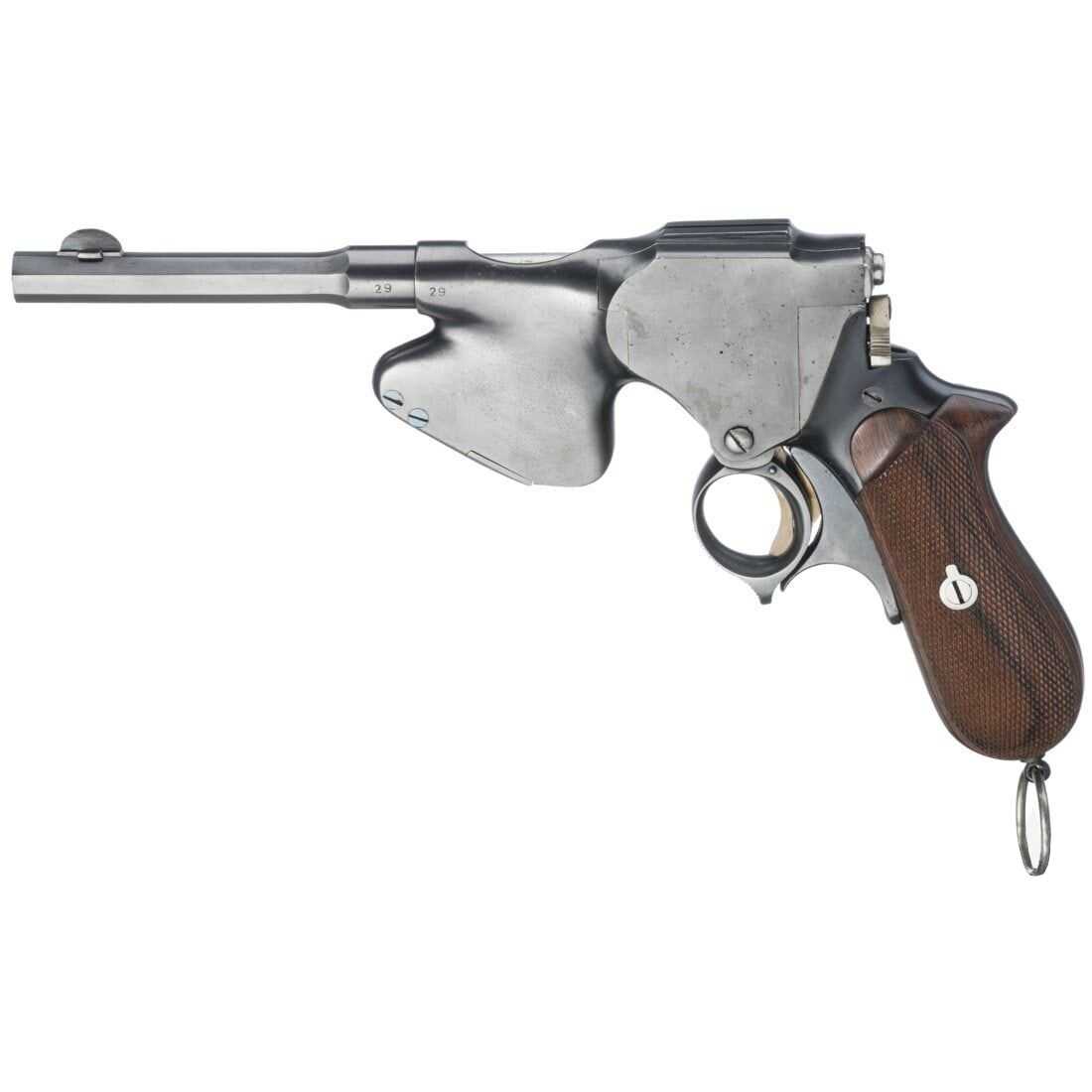
Laumann system repeating pistol, model 1891, designed by Josef Laumann, estimated at €15,000-€30,000 ($16,050-$32,105) at Hermann Historica on May 15.

Circa-1650 deluxe wheellock rifle with silver and mother-of-pearl inlays, made for Ferdinand III of Austria and featuring embellishments by the artisan known as the Master of the Animal-Head Scroll, estimated at €35,000-€70,000 ($37,430-$74,860) at Hermann Historica on May 16.


